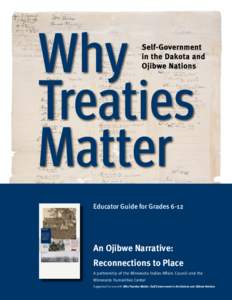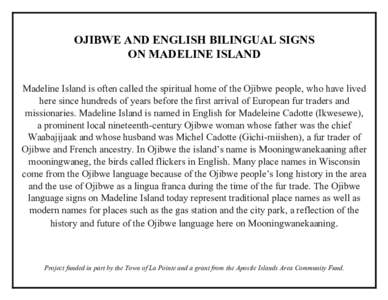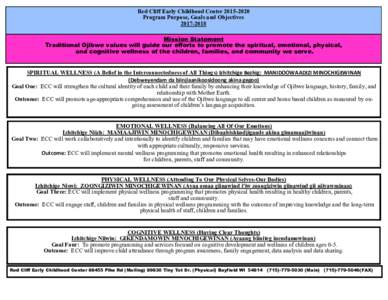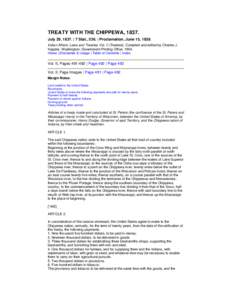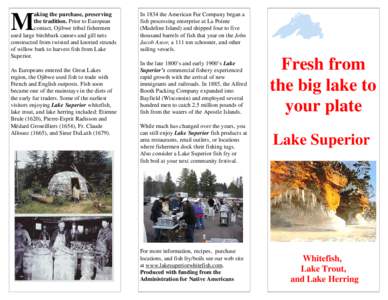<--- Back to Details
| First Page | Document Content | |
|---|---|---|
 Date: 2004-09-13 12:42:40Pierre Bonga Ojibwe Languages of the United States Bonga Fur trade Ojibwe language Ojibwe people Métis people First Nations Aboriginal peoples in Canada George Bonga |
Add to Reading List |
 GeorgeBonga.ind
GeorgeBonga.ind